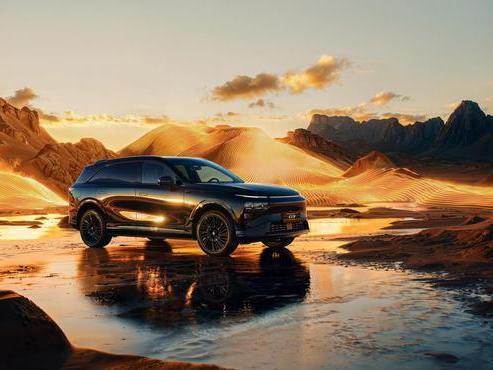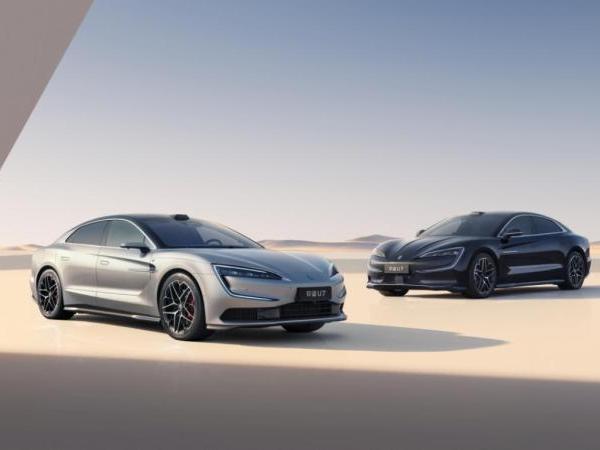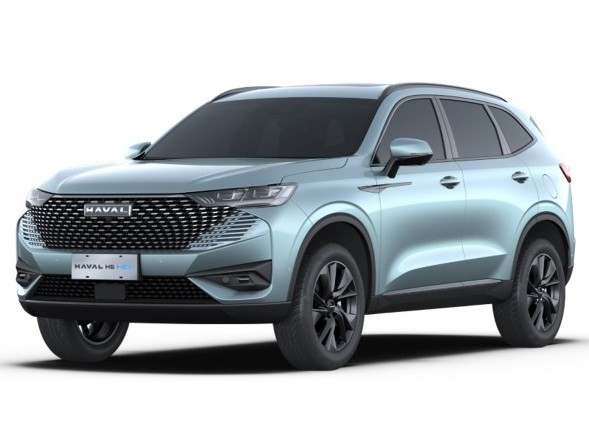Honda announces next-generation fuel cell module, reducing costs by half and tripling power density
 Kevin WongFeb 21, 2025, 12:33 PM
Kevin WongFeb 21, 2025, 12:33 PM
[PCauto] At the 23rd International Hydrogen and Fuel Cell Expo (H2 & FC EXPO) held at the Tokyo International Exhibition Center, Honda unveiled its next-generation fuel cell module alongside detailed specifications for its fuel cell generator.

Mass production of Honda’s fuel cell module is slated for 2027, whereas the fuel cell generator is set to enter production in 2026.
The unveiled fuel cell module represents the culmination of Honda’s independent research and development and is destined to replace the current model, which was jointly developed with GM (General Motors). With a rated output of 150 kW, it offers significant advantages over its predecessor.
| Honda Next Generation Fuel Cell Module Specifications | |
| Maximum Output (Net) | 150 kW |
| Output Voltage | 450 - 850 V |
| Maximum Efficiency (Net) | 59.80% |
| FC Refrigerant | Honda Genuine FC refrigerant |
| Hydrogen Gas Composition | Equivalent to ISO 14687 |
| Low Voltage Power Supply | DC24V |
| Module Dimensions | DC24V W730 x D580 x H700 mm |
| Volume ・ Volumetric Density | 300 L ・ 0.50 kW/L |
| Weight ・ Weight Density | 250 kg ・ 0.60 kW/kg |
| Operating Temperature | -30℃ - +60℃ |
| Storage Temperature | -40℃ - +60℃ |
| Max Altitude | 3,500 m |
| Ingress Protection Rating | Equivalent to IP67 |
| CAN Communication Standard | ISO11898 |
| Communication Protocol | SAE J1939 / Honda Hi-Speed CAN (selectable) |
| Compatible Communication Speeds | 500 kbps |
Production costs have been halved, rendering hydrogen fuel cell technology more competitive in commercial applications and potentially lowering product prices for a broader range of consumers. Furthermore, durability has been enhanced over twofold, ensuring that devices and vehicles incorporating this module will benefit from extended service life, reduced maintenance and replacement expenses, and more consistent, reliable energy support.
Notably, by boosting the volumetric power density by more than three times, the module has been substantially miniaturized. Since volumetric power density quantifies the electrical energy output per unit volume, a higher density translates to greater power output in a compact space. This advancement enhances layout flexibility within the automotive sector—allowing designers greater freedom in vehicle interior planning and improved space utilization—while also accommodating varied spatial requirements in other application fields.

In pursuit of its ambitious goal of achieving carbon neutrality for all products and business activities by 2050, Honda has delineated four pivotal sectors for its fuel cell system applications: FCEV (fuel cell electric vehicles), commercial vehicles, stationary generators, and construction machinery. The introduction of this fuel cell module marks a critical milestone in broadening Honda’s hydrogen energy portfolio. By extending both the application spectrum and market reach of its systems, the company is ardently progressing towards a sustainable, energy-driven future.
Honda has long been at the forefront of hydrogen energy exploration, emerging as one of the early pioneers to recognize hydrogen’s potential in realizing a carbon-neutral society. For over three decades, the company has been deeply engaged in the research and development of hydrogen energy technologies and FCEVs. In addition to the fuel cell module, Honda showcased its fuel cell generator—set for mass production in 2026—which functions as a stationary energy storage system engineered to supply hydrogen-derived clean electricity to large facilities such as factories and offices. This generator smartly incorporates the fuel cell technology featured in the Honda CR-V e:FCEV and, by optimizing its cooling system design and internal layout, achieves a compact footprint adaptable to diverse installation environments. Moreover, with an emphasis on rapid response, the generator is designed to commence power supply within 10 seconds of startup, ensuring a highly reliable backup energy source.

The principal advantage of Honda’s newly unveiled fuel cell module and fuel cell generator lies in the dramatic reduction of production costs—a pivotal development in transitioning from laboratory research to market commercialization. With plans to begin mass production of the fuel cell generator in 2026 and the fuel cell module in 2027, Honda is poised to introduce groundbreaking products to the market.
If any infringement occurs, please contact us for deletion
Trending News

Toyota Tundra Owner Achieves the Second Million-Mile Milestone
[PCauto] The mileage often measures the quality and durability of a car, and Victor Sheppard and his two Toyota Tundra pickups have set a staggering record.With Victor Sheppard's dedication and careful maintenance of the Toyota Tundra, he successfully drove two different Tundra pickups over 1 million miles (approximately 1,609,340 kilometers).In 2007, Sheppard bought a brand new Toyota Tundra CrewMax. Over the next nine years, as a contractor, he worked across the United States, from Louisiana t

BYD Plans to Promote 1000V High Voltage Super Charging Stations and Its Models on a Large Scale
【PCauto】Recently, the news that BYD plans to massively implement a 1000V high-voltage supercharging platform has attracted widespread attention. It is reported that this platform will be launched in the middle of March this year and supports super-fast charging above 5C. After its release, it will quickly be popularized to its own models and large-scale construction of 1000V supercharging stations.This move will undoubtedly set off a wave in the new energy vehicle market. Let's delve into the te

XPENG G9 is about to be launched in China, bringing 66 upgrades in features
【PCauto】XPENG has recently announced that the 2025 XPENG G9 will soon be launched in China. Although the official did not announce the time and price, the success of XPENG G6 and X9 has rekindled expectations for the once-failed G9 by XPENG. In terms of appearance, the G9 continues the X-BOT FACE 3.0 design language, with a closed grill at the front paired with split-style headlights on both sides, new two-tone collision colors and all-black body styles, with a petal-style wheel hub. Combining

BYD YANGWANG U7 Launches with World's First Suspension Charging Tech
[PCauto] On March 27, BYD YANGWANG U7 was launched, with two power versions of pure electric and plug-in hybrid, a total of four models. YANGWANG U7 EV Five-seater Luxury Edition, priced at about 292.85 million baht/RM38.31 YANGWANG U7 EV Four-seater Flagship Edition, priced at about 330.04 million baht/RM43.19 YANGWANG U7 PHEV Five-seater Luxury Edition, priced at about 292.85 million baht/RM38.31 YANGWANG U7 PHEV Four-seater Flagship Edition, priced at about 330.04 million bah

HAVAL H6: A Balanced Performer and a Reliable Choice for Family SUVs
Price of HAVAL H6HAVAL H6 has a total of 1 submodel.• 2024 HAVAL H6 HEV priced at RM 139,800Driving experience of the HAVAL H6As for the power, the HAVAL H6 is equipped with a 1.5L 4-cylinder turbocharging source, delivering a maximum power output of 110 kW and a peak torque of 230 N·M, with maximum torque available at 1500-4000 rpm. The power is transmitted to the Front Wheel via an AT transmission, achieving a combined fuel consumption of 5.8 L/100km. This p
Popular Cars
Car Compare

